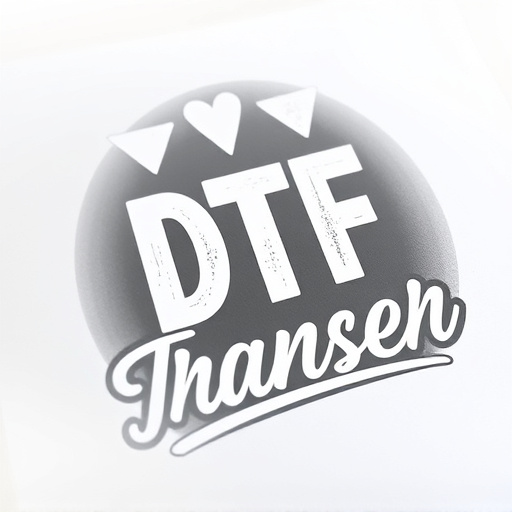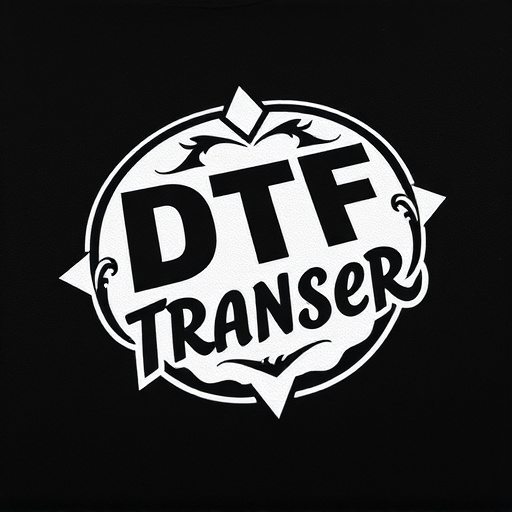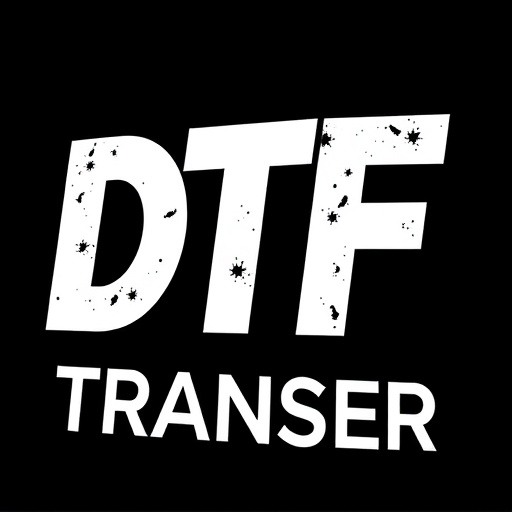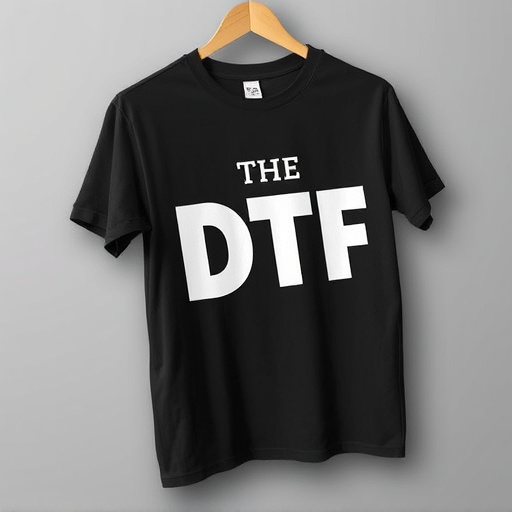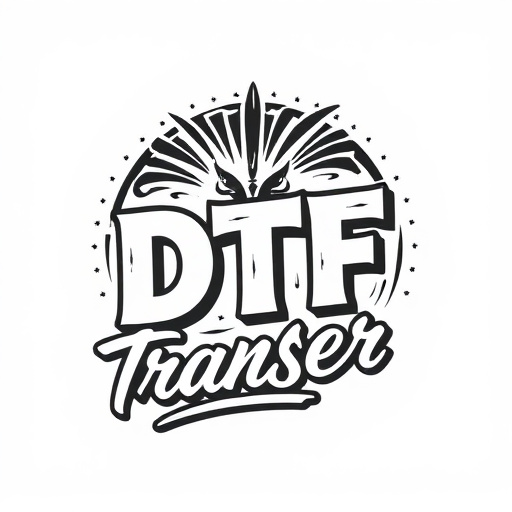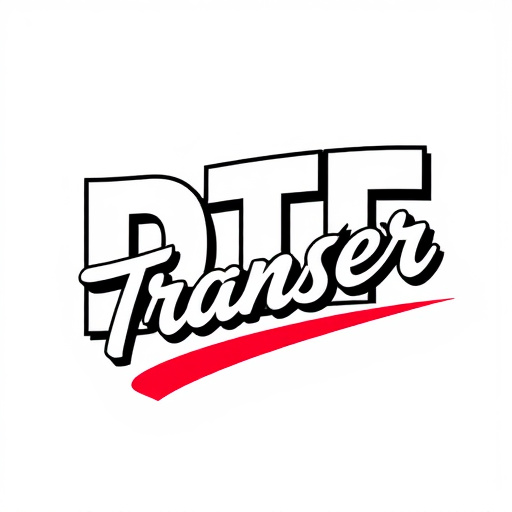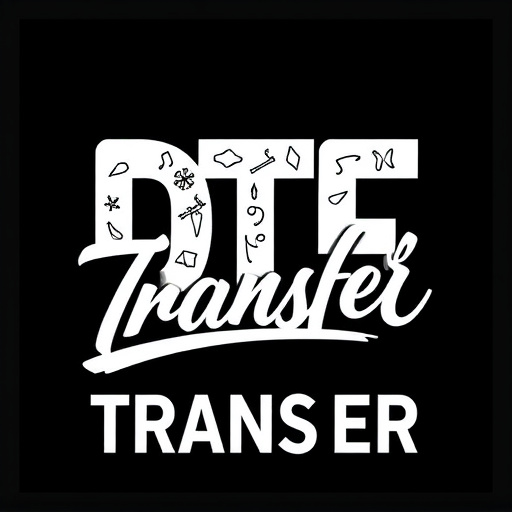Direct-to-Film (DTF) printing disrupts fabric design with swift, cost-effective production of high-quality graphics on diverse surfaces. By eliminating traditional methods, DTF offers shorter timescales and superior print quality. Binding agents, crucial to this process, secure film transfers to fabrics, ensuring longevity against washing and environmental stress. Thermoplastic and water-based agents, catering to specific needs, enhance the versatility and aesthetic appeal of DTF prints, making them ideal for fashion, sportswear, and promotional merchandise. The right binding agent selection, based on fabric texture, environmental conditions, and desired longevity, is key to achieving optimal DTF print results.
Direct-to-film (DTF) prints have revolutionized textile design, offering vibrant, high-quality imaging directly onto fabrics. However, achieving lasting, crisp results requires a crucial component: a binding agent. This article delves into the world of DTF transfers, exploring the essential role binding agents play in securing these prints to fabric. From understanding DTF technology to selecting the right agent for optimal results, we’ll uncover the secrets to achieving exceptional DTF prints.
- Understanding Direct-to-Film (DTF) Prints: A Brief Overview
- The Role of Binding Agents in DTF Transfers
- Types of Binding Agents for DTF Applications
- Advantages of Using Specialized Binding Agents
- Application Techniques and Considerations
- Choosing the Right Binding Agent for Optimal Fabric Results
Understanding Direct-to-Film (DTF) Prints: A Brief Overview

Direct-to-Film (DTF) prints have revolutionized the way we produce custom fabric designs, offering a fast and efficient method for creating high-quality, long-lasting graphics directly on various fabric surfaces. This technology enables printers to bypass traditional screening or plate-making processes, allowing for an array of benefits such as shorter production times, cost savings, and exceptional print quality.
In the DTF process, design files are digitally transferred to a film that serves as a mask, which is then applied to the fabric. The film blocks areas of the fabric from ink absorption, ensuring precise control over the print pattern. Heat or pressure is used to fuse the ink into the fabric fibers, resulting in vibrant, durable prints. This innovative method has gained popularity across diverse industries, including fashion, sportswear, and promotional merchandise, where the demand for unique, personalized, and time-efficient designs continues to grow.
The Role of Binding Agents in DTF Transfers

Binding agents play a pivotal role in the process of Direct-to-Film (DTF) prints, ensuring the longevity and quality of fabric decorations. These agents act as the crucial medium that secures the film transfer to the fabric, creating a robust bond between the two materials. Without an effective binding agent, DTF prints might lack durability, with colors fading or the design peeling off over time.
The primary function is to create a bridge between the smooth surface of the film and the textured fabric, allowing for a seamless fusion. Modern binding agents are designed to withstand various environmental conditions, including washing and exposure to sunlight, ensuring the printed fabrics maintain their vibrancy and crispness. This feature is particularly important in industries where DTF prints are used for promotional merchandise or clothing, requiring products that can withstand daily use while retaining their visual appeal.
Types of Binding Agents for DTF Applications
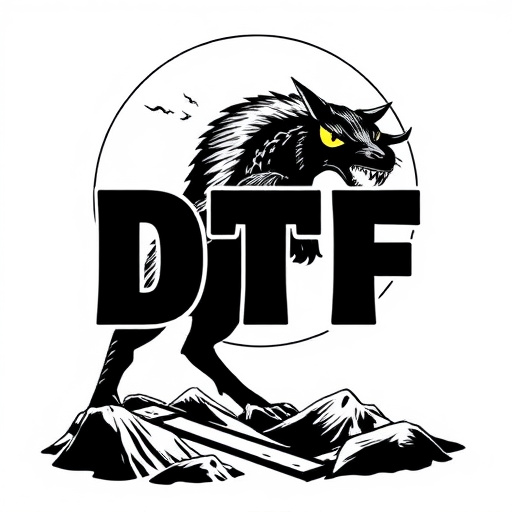
When it comes to securing direct-to-film (DTF) transfers on fabrics, several types of binding agents offer unique advantages tailored for specific applications. These agents play a critical role in ensuring the longevity and quality of DTF prints, acting as a vital link between the film and fabric surfaces. One commonly used category is based on thermoplastics, which melt and fuse with the fabric during heat application, creating a strong bond. This method is popular due to its ability to produce crisp, long-lasting images and is suitable for various fabrics, from cotton to polyester.
Another type leverages water-based adhesives, known for their eco-friendly profile and ease of use. These adhesives form a cohesive layer upon drying, effectively sealing the DTF transfer to the fabric. While they might not offer the same heat-activated fusion, water-based agents are ideal for sensitive fabrics and applications demanding quick processing times. Each binding agent type has its merits, catering to diverse requirements in the world of DTF printing, from clothing design to promotional merchandise.
Advantages of Using Specialized Binding Agents

Using specialized binding agents for direct-to-film (DTF) prints on fabrics offers several significant advantages over traditional methods. Firstly, these agents ensure superior adhesion, enabling vibrant and long-lasting colors that withstand washing and fading. This is particularly beneficial for textiles intended for outdoor use or high-traffic areas, where durability is paramount.
Specialized binding agents also streamline the production process by simplifying the application of DTF prints to fabrics. They reduce waste and preparation time, making them cost-effective solutions. Moreover, these agents enhance the overall quality and aesthetic appeal of the final product, ensuring that colors are precise and details are crisp, which is crucial for competitive markets demanding high-quality, visually stunning textiles.
Application Techniques and Considerations

Direct-to-film (DTF) prints offer a unique and innovative way to secure transfers on fabrics, but proper application techniques are essential for achieving high-quality results. The process involves carefully applying a binding agent to facilitate the transfer of intricate designs from film to fabric. This can be done through various methods, including roller coating, spray application, or brushing, each with its advantages and considerations.
When applying binding agents for DTF prints, factors like surface preparation, coat thickness, and drying time play pivotal roles. Fabric types and their porosity require specific attention; non-porous materials may need pre-treatment to ensure optimal adhesion. Achieving the right balance of agent application ensures that the transfer captures intricate details while providing durability. Additionally, environmental conditions, such as temperature and humidity, can influence drying rates and overall print quality.
Choosing the Right Binding Agent for Optimal Fabric Results

Choosing the right binding agent is paramount when securing direct-to-film (DTF) prints to fabrics. The suitability of the adhesive depends on various factors, including the type of fabric and the desired outcome. For example, a textile with a rough surface may require a stronger adhesive than one that is smoother, as the grip needed to hold the film in place varies. Moreover, the environmental conditions during application can also impact choice; weather-resistant adhesives are ideal for outdoor applications or humid environments.
When selecting an agent, consider the long-term durability and resistance to fading of the print. Some binding agents offer superior protection against UV rays, ensuring vibrant colors remain intact for longer periods. Additionally, for specialized applications like clothing or home textiles, fire-retardant properties might be essential. Therefore, understanding your specific needs and fabric characteristics is key to choosing an effective binding agent that ensures optimal DTF print results.




